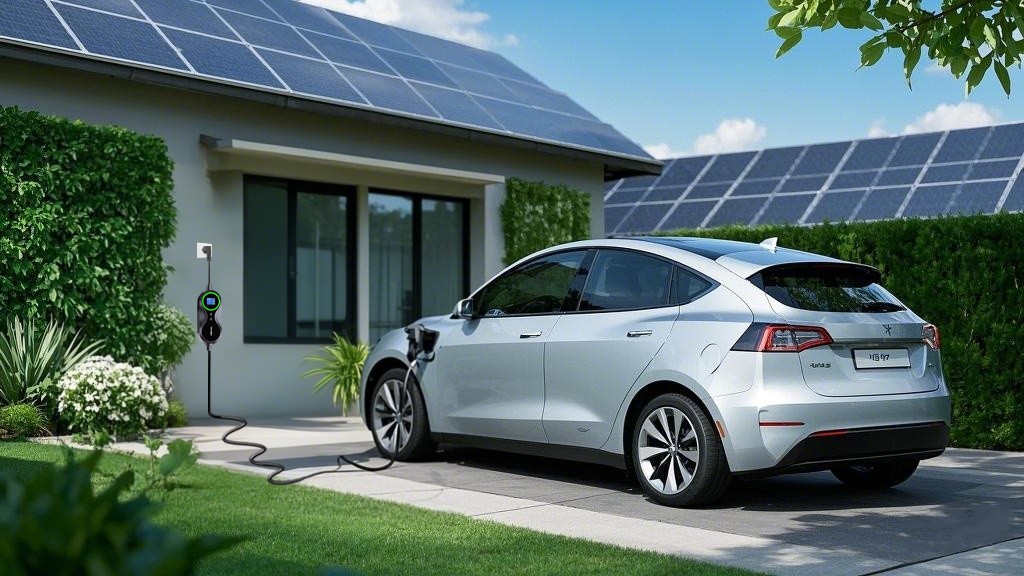Understanding the Nissan Leaf Charger Types
One of the first questions for any new or prospective Nissan Leaf owner is about charging. Understanding the Nissan Leaf charger type is crucial for powering your vehicle efficiently at home and on the go. This guide will break down the different charging levels and the specific connectors the Leaf uses, making the process simple.
The key point to remember is that the Nissan Leaf utilizes two main types of plugs, depending on the charging speed: one for slower, AC charging and a unique one for rapid DC charging.

The Two Essential Plugs: J1772 and CHAdeMO
Unlike modern EVs that combine ports, the Nissan Leaf has two charging inlets. This design is central to understanding the Nissan Leaf charger type.
1. J1772 (J-Plug) for AC Charging: This is the standard connector for Level 1 and Level 2 charging in North America, Japan, and many other regions. Every Nissan Leaf comes with a J1772 inlet. This is the port you will use for most of your charging, especially overnight at home.
2. CHAdeMO for DC Fast Charging: The Nissan Leaf is distinctive for using the CHAdeMO connector for its rapid DC fast charging. All generations of the Leaf (first and second) have featured a CHAdeMO inlet alongside the J1772 port. It's important to note that while CHAdeMO was once very common, many new charging stations are being built with the competing CCS connector, so planning longer trips requires a bit more attention for Leaf owners.
A Guide to the Three Charging Levels
Charging levels refer to the speed and power delivery. The Nissan Leaf charger type you use will determine how quickly you can replenish your battery.
Level 1 Charging: The Convenient Trickle Charge
* Connector: J1772
* Power Source: Standard 120-volt household outlet.
* Best For: Emergency use or for drivers with very short daily commutes. Level 1 charging is the slowest method, typically providing about 4-5 miles of range per hour. It's included with the car (the EVSE, or "charging cable," plugs into a regular wall socket), but most owners prefer a faster solution for daily use.
Level 2 Charging: The Home and Public Workhorse
* Connector: J1772
* Power Source: 240-volt outlet, similar to what a clothes dryer uses. These are installed at home or found at public charging stations.
* Best For: Daily charging. This is the recommended solution for home installation. A Level 2 charger can fully recharge a Leaf from empty in a few hours (typically 4-8 hours, depending on the model year and battery size), making it perfect for overnight charging.
DC Fast Charging: The Rapid Refill
* Connector: CHAdeMO
* Power Source: High-powered public charging stations.
* Best For: Long-distance travel and quick top-ups on the go. DC Fast Charging bypasses the car's onboard charger and delivers power directly to the battery. It can charge a Leaf from 20% to 80% in approximately 30-45 minutes, quickly getting you back on the road.
Conclusion
The Nissan Leaf's charging system is built around the reliable J1772 connector for everyday AC charging and the CHAdeMO port for rapid DC boosts. By understanding which Nissan Leaf charger type to use and when—Level 1 for emergencies, Level 2 for daily use, and DC Fast Charging for road trips—you can maximize your electric driving experience and enjoy all the benefits of owning a Leaf.
Last Updated on September 26, 2025 by tayniu


